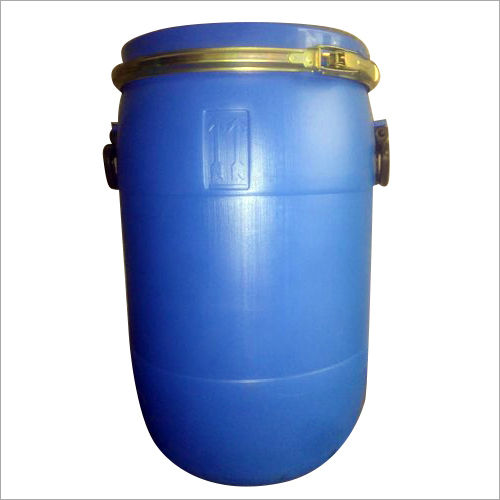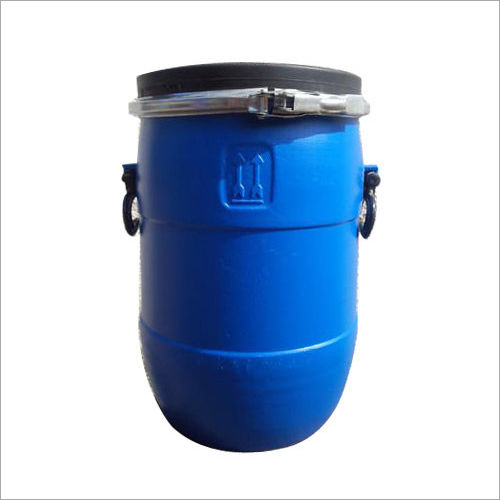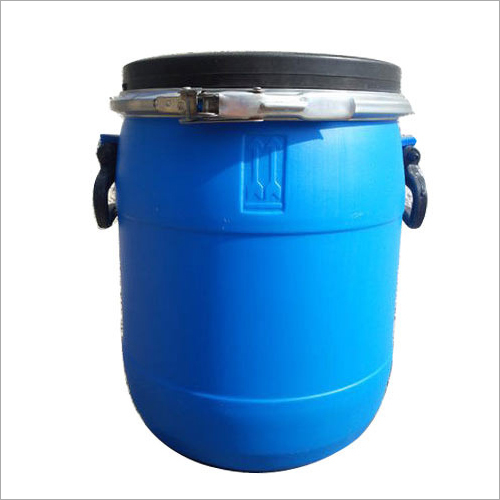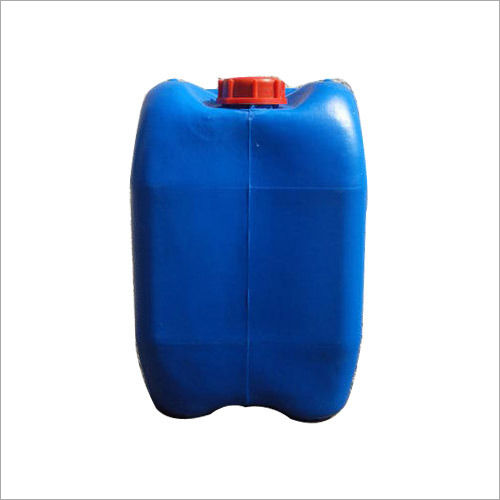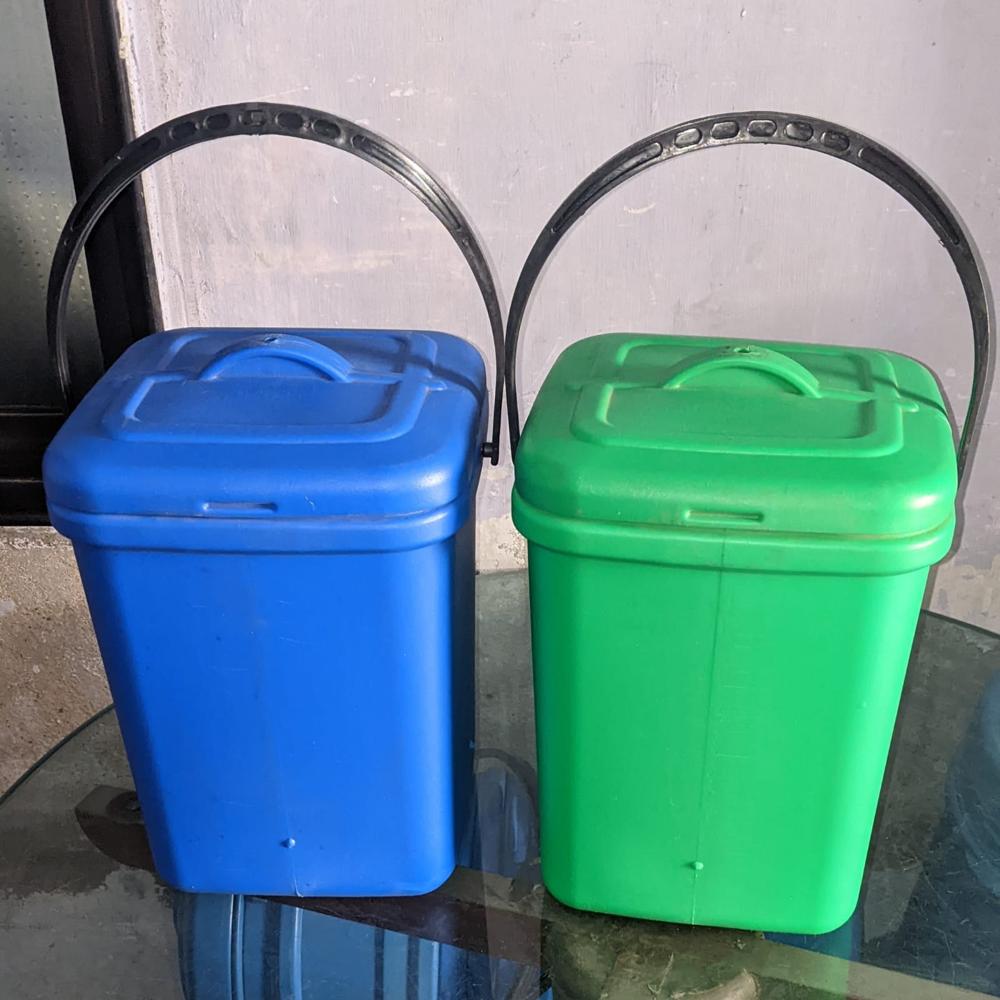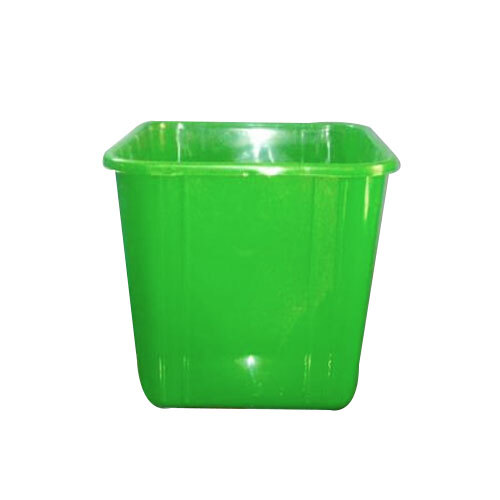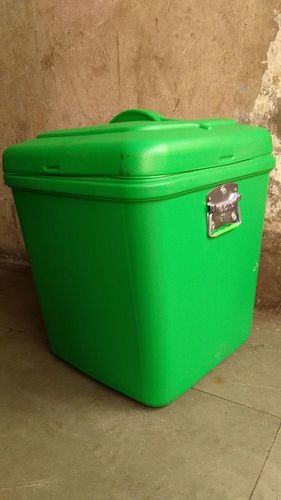35 ltr Injection Molded Dustbin with Simple Lid and with Handle
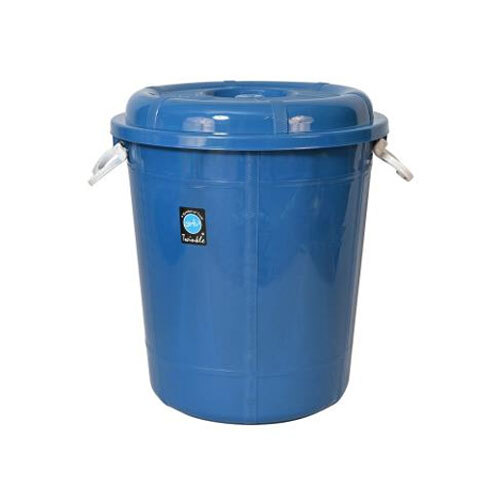
Product Details:
- Color Blue
- Automation Grade Manual
- Weight 1.40 Kilograms (kg)
- Usage & Applications Dustbin Usage
- Product Type 35 ltr the Dustbin with Simple Lid and with Handle
- Material Plastic
- Application Dustbins
35 ltr Injection Molded Dustbin with Simple Lid and with Handle Price And Quantity
- 20 Piece
- 350.0 INR/Piece
35 ltr Injection Molded Dustbin with Simple Lid and with Handle Product Specifications
- Dustbin Usage
- 35 Ltr
- Plastic
- Dustbins
- Blue
- Manual
- 1.40 Kilograms (kg)
- 35 ltr the Dustbin with Simple Lid and with Handle
35 ltr Injection Molded Dustbin with Simple Lid and with Handle Trade Information
- Cash Advance (CA)
- 200 Piece Per Day
- 7 Days
- Yes
- Standard Packing Or As Per Client's Requirement.
- Asia, Australia, Central America, Eastern Europe, Western Europe, Middle East, North America, South America, Africa
- All India
- ISO, IEC,NSIC,UN Certified,ZED,CIPET
Product Description
Injection molded dustbins are a common and highly efficient product in waste management. Here's a detailed breakdown of the process, materials, and benefits.
What is Injection Molding?
Injection molding is a high-volume manufacturing process used to produce plastic parts. The process involves melting plastic pellets and injecting the molten plastic under high pressure into a mold cavity. The plastic then cools and solidifies, taking on the shape of the mold. Finally, the solidified part is ejected. This method is ideal for mass production of uniform, intricate parts with consistent quality.
The Manufacturing Process for Dustbins
-
Mold Design and Manufacturing: This is a crucial first step. The mold is typically made from hardened steel or aluminum and consists of two halves: the injection mold (cavity) and the ejector mold. The mold is designed to create the dustbin's body, lid, handles, and other features.
-
Mold Flow Analysis: Before physical production, a mold flow analysis is often performed. This simulation helps determine the best gate position and number, analyze filling time, flow rate, temperature, pressure, and identify potential issues like fusion lines and trapped air.
-
Cooling System: A well-designed cooling system is essential to reduce deformation and shorten the injection cycle. Waterways are drilled into the mold to ensure even and complete cooling.
-
Ejection System: The mold includes a system of ejector pins or a pushing plate to cleanly remove the solidified dustbin from the mold.
-
-
Material Preparation: Plastic raw materials, usually in the form of granules or pellets, are fed into a hopper.
-
Melting and Injection: The granules are moved by a screw-type plunger into a heated barrel, where they are melted into a molten state. The molten plastic is then injected into the closed mold cavity under high pressure.
-
Cooling and Solidification: The plastic cools and solidifies within the mold, conforming to its shape.
-
Ejection: Once the plastic has hardened, the mold opens, and the dustbin is ejected by the ejection system.
-
Finishing and Assembly: The ejected part may undergo finishing processes like trimming any excess plastic (flash) and polishing. Components like wheels, lids, and handles are then assembled.
Materials Used
The durability, strength, and recyclability of the dustbin depend on the plastic material used. Common materials for injection molded dustbins include:
-
High-Density Polyethylene (HDPE): A popular choice due to its excellent impact resistance, chemical resistance, and durability. It is also lightweight and can withstand various weather conditions, making it suitable for outdoor use.
-
Polypropylene (PP): A cost-effective and versatile plastic that is moderately flexible and resistant to water and many chemicals. It is also known for its good stiffness and recyclability.
-
Thermoplastic Elastomers (TPE): A blend of rubber and plastic properties, TPE is valued for its flexibility and elasticity. It can be used for parts of the dustbin that require flexibility or are prone to damage.
-
Acrylonitrile Butadiene Styrene (ABS): Known for its strength and impact resistance, ABS is easy to process and can be colored in various finishes.
-
Polyethylene Terephthalate (PET): Known for creating hard and durable plastics.
-
Polystyrene (PS): A lightweight and easy-to-use thermoplastic that is often used for rigid containers.
Advantages of Injection Molding Dustbins
-
High Production Efficiency: The automated and rapid cycle time of injection molding allows for the mass production of a large number of dustbins in a short period.
-
Consistent Quality and Precision: The process ensures that each dustbin produced is uniform in size, shape, and quality.
-
Customization: It allows for the production of dustbins in a wide range of sizes, shapes, and colors to meet different customer requirements. Complex geometries, built-in handles, and other features can be incorporated into the mold design.
-
Durability: Dustbins produced through injection molding are known for their strength, durability, and resistance to impact.
-
Material Efficiency: The process is highly efficient in terms of raw material usage, with any leftover plastic scraps being able to be re-melted and reused.

Price:
- 50
- 100
- 200
- 250
- 500
- 1000+
Other Products in 'Dust Bin' category
 |
ADITYA POLY CONTAINER PVT. LTD.
All Rights Reserved.(Terms of Use) Developed and Managed by Infocom Network Private Limited. |


